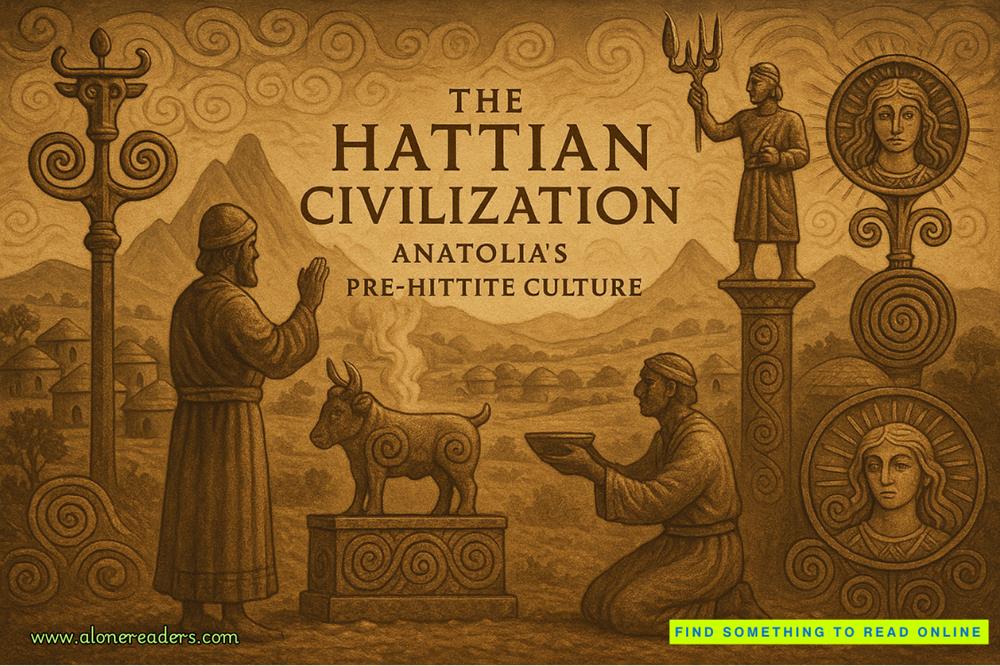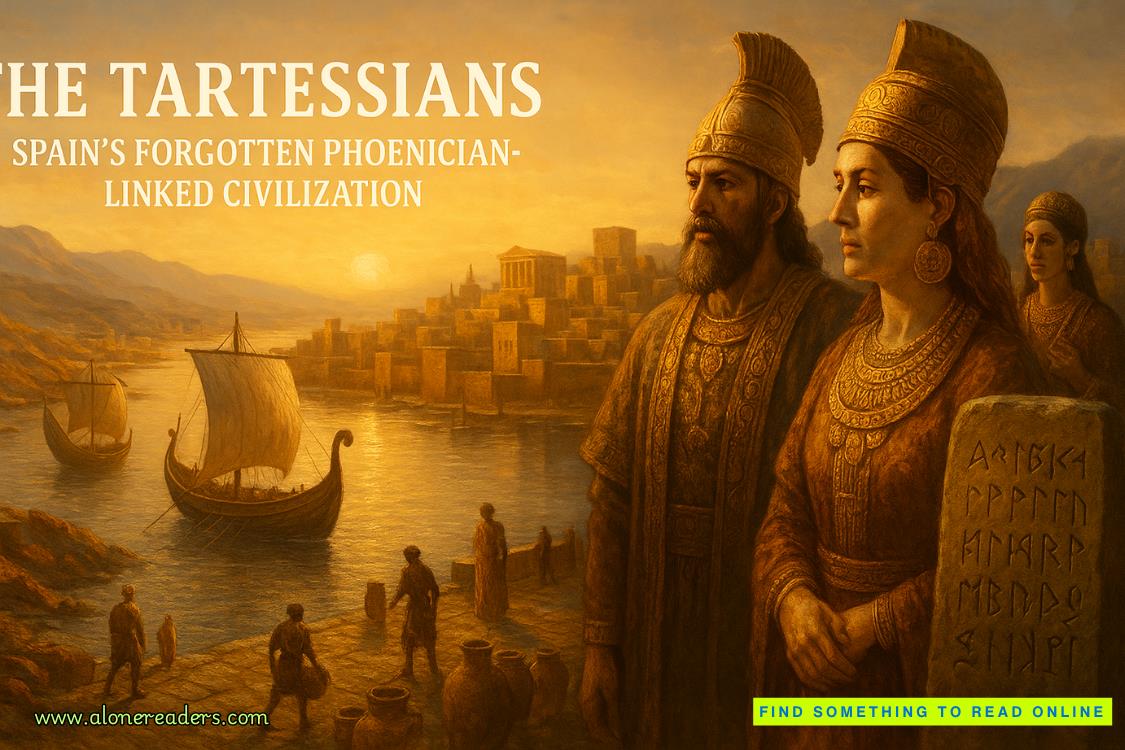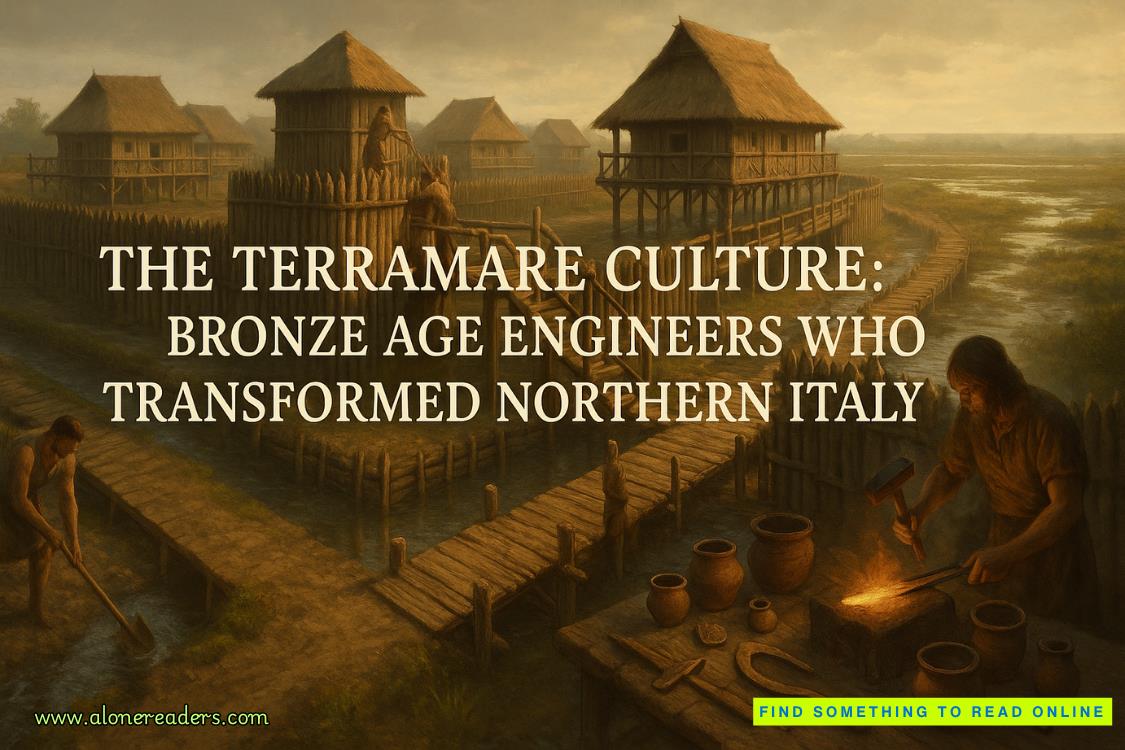His wife Irene has taken them off to her mother’s house in Caister for the weekend. Derek drove them up there, but forgot to unload all the children’s rubber rings and beach-toys from the boot before he drove back home again. Irene has given him a bollocking for that over the phone already, earlier this evening. Derek doesn’t give a fuck. He can’t remember the last time the two of them had sex, the last time that he’d felt any desire for her. That’s why he’s off out on the prowl tonight, because of her.
He sits on the settee, the one that he’s still paying for despite the fact that it’s already knackered, perched beside the handset of his son Carl’s X-Box as he smokes a crystal chip of methamphetamine. He’s picked this up – the habit and the drug itself – from Ronnie Ballantine, another driver at the company that Derek works for. Ballantine’s a cocoa-shunter, though you wouldn’t know to talk to him. Great big bloke, great big driver’s forearms. He’d told Derek about crystal meth, how it would keep you going all night with a hard-on like a ripping chisel. Derek likes the sound of that.
He finishes the rock then goes out jingling his keys impatiently and climbs into the black Ford Escort. He feels like a killer robot or one of the Gladiators that they used to have on the TV. His Gladiator codename would be either Dominator or Tarantula, he can’t make up his mind. He’s getting movements in the corners of his vision, things that bob up into view but vanish if you look at them directly, like a game of Whack-A-Mole, but overall he’s feeling lucky, feeling good.
Look out, girls.
Here he comes.
Lucia Joyce is dancing on the madhouse lawn. Her twirling body is a fragile coracle, becalmed there on the still green sea of grass. She circles beautifully without effect, one of her inner oars misplaced. Her crossing has no other side, no harbour, no admirers cheering on the docks and no ships’ wh
istles blowing when her craft at last comes into view on the horizon. The reception crowd have either all died waiting or have given up on her and finally gone home.
Her Da, while living, sees her as a work in progress and perpetually unfinished, an abandoned masterpiece. Perhaps one day he’ll have another go at her, fiddle with her a bit and try to sort out the stalled plotlines, all the uncompleted sentences, but then he dies and leaves her stranded there in the excluded information, the ellipses …
Lucia’s family have edited her out, reduced her to a footnote in the yarn, all but excised her from the manuscript. Dear Sam still visits her, of course, but doesn’t love her, or at least not in the way she thought he did, the way she wanted him to love her. This too, as she sees it, is her father’s fault. By making Sam into the literary son he’s always wanted, he’s transformed that lovely man into the brother Lucia already has and never asked for in the first place. Beckett loves her like a sister. Nothing can go on between them now without occurring in an atmosphere of incest; in an air that Lucia can no longer bear to breathe. And yet she thinks about the monsoon of his hair, his long and leathery cheek, a sailor’s sorry wisdom in his stare.
She dances. She attempts to reduce the complexity of being to a gesture, tries to pull the whole world into every dip and turn, her history, her father’s book, the blinding light from the asylum’s wet slate roofs. She takes protracted and deliberate paces, planes her open hands as though attempting to smooth wrinkles from the empty space surrounding her. She cranes her neck to strike a perfect hieroglyphic profile so that her imaginary audience won’t notice the boss eye. In my sight she is perfect, the slight cast in one orb reminiscent of the ocular deficiency that Michelangelo bestows upon his David, the gaze misaligned deliberately so as to offer the most pleasing views when seen from either side. Such artistry is not intended to be looked full in the face.
Northampton wraps its arms around her, honoured by her presence: she could have gone there-ward but instead washed here-ward in the wake of her unsatisfying tour through European sanatoriums. At last she dances her way out of tempo, out of time into the Kingsthorpe cemetery just up the road from Michael Warren’s house, two or three headstones down from Finnegan himself, with Violet Gibson who shot Mussolini in the nose and was committed to St. Andrew’s Hospital not very far away. Lucia pirouettes ecstatic now on the eternal boardwalks of Mansoul. Now she can see straight. She knows what the work progresses to, and knows that not a single step was wasted.
I keep up with the continuing argument over ‘Intelligent Design’, although if one subscribes to late twentieth-century ideas of consciousness as an emergent property, the disagreement vanishes. If self-awareness can emerge from systems that have passed a certain threshold of complexity, then is not the expanding universe of space and time, by definition, the most complex system that can possibly exist? Mark that I do not seek to trespass on the faiths or ideologies of others with this observation. I’m just saying.
I glimpse Alma Warren in her early sixties, standing at her easel in the house there on East Park Parade during the year 2016. She steps off from the canvas, squints and curls her lip, mugging for cameras that aren’t there. She angles her long body forward as if stooping over prey and slops a thick impasto curl of dirty cream along a splashing wave-top, then leans back again, considering.
The large acrylic image is one of a series that she’s working on at present, for an exhibition tentatively titled Landscapes? These are scenic views which would at one point have been in the category suggested by that title, but are in the process of transforming into something else, a more ambiguous state. The painting that Alma is currently engaged with shows a public house towards the north end of the Yarmouth seafront, an art-deco structure from the 1930s called the Iron Duke. Though semi-derelict as it’s depicted here, the pub retains a grandness and a generosity of spirit, vestiges of the brave, misplaced optimism typifying the decade of its inception.
A decaying beauty, in its salad days it stands adjacent to North Denes, the busy caravan camp where Alma and Michael are brought by their parents for a factory fortnight, almost every summer of their childhoods. They meet all their Spring Lane classmates and their Boroughs neighbours on the salty promenades, in bulb-lit pub yards carpeted with cockleshells, the greater part of working-class Northampton having relocated to the east coast for the same two long-anticipated weeks.
The pub is now positioned slightly right of centre, in the painting’s middle-ground. Its rear-yard walls of dark red brick are listing from the building’s central bulk, slowly collapsing, while the glass panes of the higher moulded windows are surprisingly intact. Surrounding the deteriorated edifice are only the North Sea’s expanded waters. Wavelets capped with grey detergent suds lap at the fan of steps that lead, beneath a crumbling portico, from the saloon bar to a submerged car park. The deserted terrace with its curving balustrade now looks more like the fo’c’sle of a foundered galleon. Barnacles have colonised the lower reaches of the flaking drainpipes.
Alma has applied a texture to the drowned pub’s scabby brickwork, speckling its distressed surfaces with minute dabs of purple that are almost black, so that the walls seem pitted as though by ancient corrosions. This technique, known as decalcomania, is borrowed from the great surrealist Max Ernst, and in this instance is a reference to his jewelled and eerie masterpiece, Europe after the Rain. Off in the distance of her painting’s background Alma has suggested ruined pleasure-beach attractions, decommissioned roller-coasters, skeletal Big Wheels looming above the waterline, their spidery lines just visible through scumbled morning haze that she’s created using a dry brush. She wants the work to be at once serene, sad and unsettling; intends to use the hostelry and its clean Bauhaus contours as a symbol of man’s fragile notions of modernity, succumbing to the old simplicities of time and tide. She wants the viewer to hear gulls, infrequent splashes, and an absence of machines or voices.
In the cluttered ground-floor front room that she uses as her studio, books and paintings in various stages of completion are arranged haphazardly. A creased and battered paperback edition of The Drowned World, J.G. Ballard’s lyric conjuring of watery apocalypse, rests open on one worn arm of an equally distressed leather settee. A hashish smog has gathered under the high ceiling. It’s been ten years since her exhibition in the Boroughs. She’s more famous, more ungrateful and withdrawn than ever. Alma finds herself identifying with the ruin in the painting, both of them falling to bits and jutting picturesquely and conspicuously from an otherwise flat and unruffled ocean, both of them still decent-looking in a good light, if you like that sort of thing.
She paints until the brink of dusk, then walks to Marks & Spencer’s on Abington Avenue to buy a ready-meal. Above the cricket ground the evening sky grades like over-diluted lemon squash.
I sit through all of the extinctions, all the species that have reached the natural end of their extension into the concealed direction.
Every other week, a human language dies. Beautiful, unique life forms with intricate skeletons of grammar, delicately hinged by syntax, they grow weaker and fold in their wings of adjectival gossamer. They make their last frail noises and then crumble into incoherence, into silence, no more to be heard.
A stilled tongue, every fortnight. A concluded song. Hark, the glad sound.
There is a television channel that is broadcast only to the nearly dead, transmitted on a disinfectant fug through care-home dayrooms, terminal ward twilights. Senile screens provide the best reception, signals sparking in corroded diodes, fraying synapses. The station’s logo, white upon closed-eyelid black, depicts a crudely rendered set of balances above the winding ribbon of a stylised path. Accompanying this there is a four-note trumpet flourish, serving as the channel’s theme-tune.
Albert Good sits in the armchair at his Duston home, having just woken from a nap to find the telly on and some sort of afternoon play in progress. Even though it’s all in black and white, Albert can tell immediately that it’s one of those modern dramas that he doesn’t care for much, one of those Wednesday-night things where somebody’s always either sleeping rough or pregnant. He’d get up and switch it off, but he’s been feeling so run-down just lately that he hasn’t got the energy, can only sit and watch.
There seems to only be one set involved in the production, with the audience looking at a broad flight of stone steps which rise beneath the huge porch of a church. Giant stone columns, more than likely made from painted plywood, rear up at each side, framing the scene. To Albert, it looks very like the front of All Saints Church here in Northampton, although he supposes that there must be lots of places throughout England that look similar, having been built around the same time and in the same style. Between the Gothic pillars it is night. The only lighting is positioned to resemble that of off-stage streetlamps, filtering into a pearly gloom beneath the portico.
Whichever town the play is set in, it appears to be almost deserted after dark. To Albert’s way of thinking this suggests it’s taking place some years ago, possibly just after the war, before midnight town centres were lit up like Christmas trees and full of drunken youngsters. All the props and scenery have that cosy post-war feel about them, something Albert only finds these days in local photograph collections or in reprints of the annual Giles editions, the authentic flavour of the air back then. He squints uneasily in the direction of the relatively tiny screen and tries to make sense of what’s going on.
A man and woman, both in middle age, are sitting on the cold stone steps, stage centre. Albert finds the pair familiar and is almost certain that he’s seen both actors previously, in something else. The man, who wears a loud checked jacket, might have been in Hi-de-hi, now Albert comes to think of it. The woman, with her coat pulled tight around her neck against the evening’s chill and weeping intermittently, is possibly Patricia Haynes when
she was younger. Though they seem to be a married couple, there is too much space upon the step between them. When the husband shuffles closer to the wife she flinches and moves further off, away from him. Their dialogue is sparse and cryptic, with long silences between the questions and the answers. Albert can’t make head or tail of it.
Even more baffling are the drama’s other characters, four or five figures in outlandish clothes who loiter underneath the portico, behind the man and woman in the foreground. Despite the oddness of their clothing and how loudly they are talking, neither of the seated couple seem to be aware of them. Eventually Albert works out that these other players, the ones chatting in the background, are meant to be ghosts of some sort. They can see the living wife and husband sitting on the church steps, and pass comment on them, but the mortal pair can’t see the phantoms and presume they are alone. Albert finds this disturbing. It gives the impression of so many ghosts that every paving stone and public toilet in the country must surely be haunted, every human conversation overheard by the eavesdropping dead.
He doesn’t want to look at this. He turns away and shuts his eyes. Although he isn’t able to determine the exact point at which he nods off again, he later realises that he must have done. When he awakens, Lou has come back from the shops. The television is now silent, from which Albert concludes that Lou must have switched it off when she came in. She asks him how he’s feeling, and he tells her about the upsetting play or old film or whatever it was meant to be.















